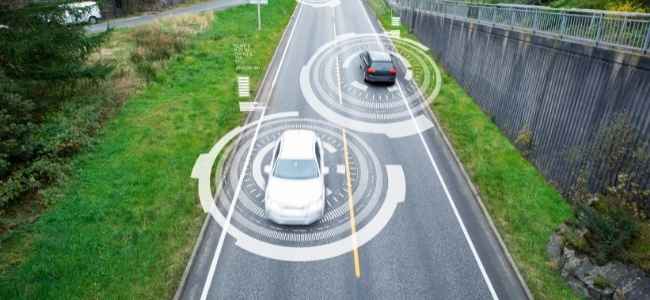It is predicted that by 2030, 96% of new cars will be connected, offering consumers an increasingly personalized in-vehicle experience. When cars can communicate with other devices via wireless networks, safety systems, security measures and infotainment set ups are all improved. And as a result, the number of accidents on the road is reduced, traffic jams are avoided, and car keys can no longer be misplaced. The introduction of 5G technology, developments in IoT, and increasingly innovative applications are all enabling drivers to enjoy an enhanced in-car experience.
Connected Features Alter Buying Priorities
Whether they are thinking about buying a compact car or a pickup truck, the way drivers are choosing a new vehicle is changing. Consumers traditionally look at indicators of performance such as fuel consumption, driving range or braking power in order to help them decide which car suits them best. Now, they are increasingly influenced by the extra features offered by a connected car, and as more electric and autonomous vehicles are produced, drivers are becoming interested less in engine capacity, and more in user experience. As well as enhancing the in-car experience with entertainment systems, connected vehicles can help individual drivers to navigate more easily, improving safety and efficiency on whole transportation systems.
Wireless Communication Improves Road Safety
Indeed, studies have shown that connected vehicles can reduce crashes by 80%. There are many new safety technologies known as Advanced Assisted Driver Systems (ADAS) that use cameras and sensors to alert drivers to potential hazards on the road. However, vehicles that are equipped with connected technology have significant advantages over ADAS. When cars can communicate wirelessly with cell phones, road management systems, and even other vehicles, the information they receive about hazards covers a much wider range. They can receive real-time data concerning levels of traffic and accidents on the road ahead, and alert drivers sooner, allowing them to react quickly by slowing down or changing course. As more cars become capable of communicating with other vehicles on the road, shared data about their relative speed and direction will enable greater efficiency in route planning, while still helping to maintain safe distances and limit unnecessary braking
Technology Provides Hands-Free Infotainment
Vital safety data can be shown on a digital touch screen display, which, according to the latest market research, will be incorporated in almost 99% of new cars this year. The screen is just one element of an in-vehicle infotainment system, a combination of features which also includes button panels and voice commands. Together, these are used to provide the driver and passengers with music and video, news and travel updates, and navigation systems. In addition, connecting a phone to the infotainment system using Apple CarPlay or Android Auto allows drivers to access certain features such as apps and playlists, while also enabling hands-free messaging and calls. Currently, around three quarters of new cars support one or other of these in-car assistant systems, but with a couple of accessories, they can also be added on to older cars in which they are not already enabled. One of the disadvantages of infotainment systems is that they use large amounts of data across multiple devices; however, the introduction of 5G networks should see improvements in any network connectivity issues in the future.
Digital Keys Replace Conventional Security Systems
Although certain car manufacturers have already implemented the system in their high-end models, the concept of using a phone as a car key is now spreading. Last year, Apple introduced digital car keys that could be added to an iPhone or Apple watch in order to wirelessly activate and unlock a compatible car. Using near field communication (NFC), the car can be unlocked when the device is simply held near the door. The key can be shared with other users, and for new or younger drivers, limits can be placed on certain features such as speed and stereo volume. Other developments independent of phones, include Jaguar’s Activity Key, a lightweight, waterproof wristband that allows for hands-free unlocking of the car door.
As vehicles continue to evolve, connected cars offer consumers the features and augmented in-car experience that they’re looking for. In addition to enhancing entertainment and controls, greater connectivity is improving safety and efficiency on the roads.







